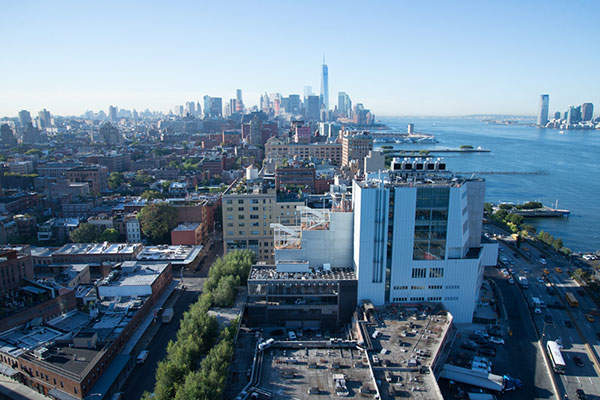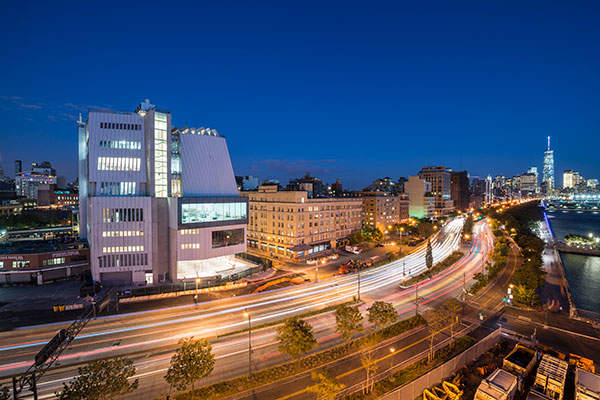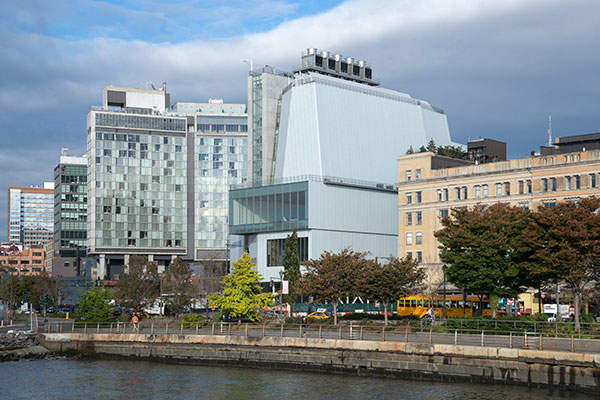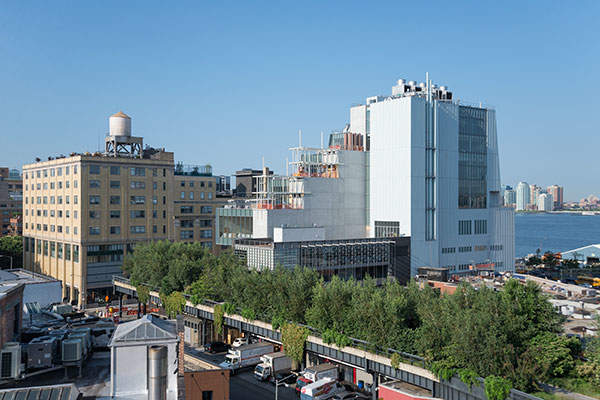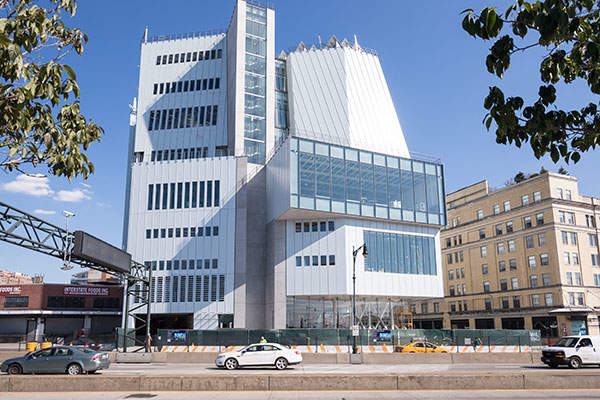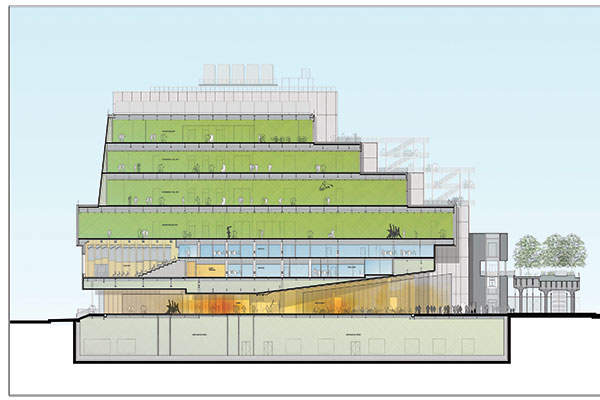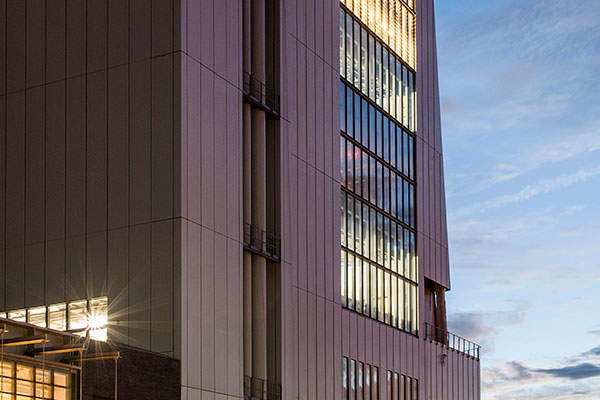The Whitney Museum of American Art built a new 220,000ft² building in the Meatpacking district of downtown Manhattan in New York City, US.
The Breuer building on Madison Avenue, which housed the museum from 1966 until its closure in October 2014, had a total gallery space of 32,000ft². Since the building’s opening, the museum’s collection of artworks has grown from 2,000 to more than 21,000.
Designed by renowned architect Renzo Piano, the new museum houses the institution’s growing art collection, exhibitions, and education and performing arts programmes. It has tripled the museum’s total space and increased its gallery space by 60%.
The building officially broke ground in May 2011 and was opened on 1 May 2015. A fundraising campaign for the project generated a total of $760m, $422m out of which was used for the design and construction of the building while the remaining g is used as endowment and capital building funds.
New Whitney Museum building site
The site for the new museum was acquired from the City of New York. It is situated on Gansevoort Street, with the Hudson River to the west and overlooking the elevated High Line on the east.
Design of the New Whitney Museum of American Art
The asymmetrical shape of the nine-storey building was designed in response to the industrial character of the neighbouring loft buildings and the adjacent High Line.
The building stands to a full height towards the Hudson River, while tiers of terraces and glazed walkways step down to the High Line on the east side.
The museum entrance comprises an 8,500ft² cantilevered plaza or largo that provides public gathering space near the southern entrance of the High Line. The largo serves as a decompression chamber between the street and the museum and leads into the main lobby.
The 6,000ft² entrance lobby houses approximately 1,000ft² of free-of-charge public gallery and exhibition space. The ground floor also contains a restaurant and museum shop with a bookstore.
A 170-retractible seat theatre on the third level offers double-height views over the Hudson River. The floor also contains an education centre with state-of-the-art classrooms, technical spaces and offices.
The entire building includes more than 50,000ft² of indoor gallery space spread across Levels 5, 6, 7 and 8, with Levels 6 and 7 entirely dedicated to the permanent collection.
The fifth level features an 18,000ft² expansive gallery for temporary exhibitions. It is the biggest column-free museum gallery in New York City. The tiered rooftop terraces on Levels 5, 6, and 7 contain approximately 13,000ft² of outdoor gallery space facing the High Line.
The top floor houses a studio gallery and a café that is naturally lit by a skylight system in a saw-tooth configuration.
Other facilities at the new museum
The new building also includes a multi-use black box theatre for film, video and performance, works on paper study centre, a large art conservation lab and a library reading room. Four distinctive elevators featuring commissioned works of art in the interior carry visitors across the different levels.
The building also features a flood-mitigation protection system that was put in place after Hurricane Sandy in 2012, which includes a floodgate system, waterproofing, a closure system for all entry points and improvements to the building’s recovery system.
Construction of the New Whitney Museum of American Art
The new museum building is made of a steel structure that is clad in pale blue-grey enamel steel panels. The topping-out ceremony was held in December 2012 to mark the installation of the highest steel beam.
The principal materials used for the construction included concrete, steel, reclaimed pine wood and low-iron glass. Stone quarried in Spain and finished in Italy was used for the lobby gallery floor.
Contractors involved
New York-based Cooper, Robertson & Partners served as the executive architect for the project. Gardiner & Theobald was the owner’s representative while Turner Construction was the construction manager.
Robert Silman Associates was selected as the structural engineer, and Ove Arup & Partners was the mechanical, electrical and plumbing (MEP) and lighting engineer. WTM Engineers designed and installed the flood mitigation protection system.

